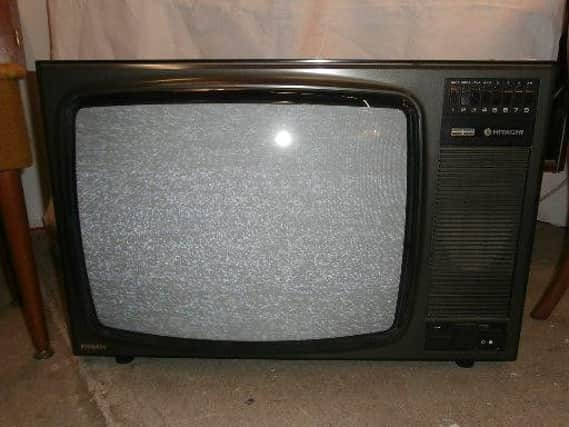Old tellies - and their manuals - can be real collector's items


Last week we had a great reaction to the article on my great uncle, John Logie Baird. So, this week, I’ve decided to write more about the history of televisions.
When John Logie Baird publicly demonstrated his television system over 83 years ago in May 1925, no one could have known how influential the telly would become. The television which evolved from the first device, using a biscuit tin and a knitting needle, is now a central part of life in virtually every home in the developed world.
Advertisement
Hide AdAdvertisement
Hide AdThe first televisions were black and white. Colour TVs were not widely available until the 1960s, mostly because filming was in black and white. The first public colour broadcasts were shown in the late 1960s by BBC2. One would think that the advances in technology would have had families clambering for a colour set as soon as they were available. But that really wasn’t the case. Most families were delighted about having any sort of television in the first place, and it wasn’t until well into the 1970s that ownership of colour televisions outstripped black and white sets.
Murphy Radio Ltd was one of the big TV manufacturers of the time, the others being Bush and Pye. Like its competitors, Murphys started life as a radio manufacturer. The company was originally founded in around 1929 by Frank Murphy and EJ Power. As well as making domestic radios and TVs, Murphys was also very active in the world of military communications.
However, it was not just the military driving new technology forward – the Royal Family also helped to fuel developments in TV’s early days. King George VI’s Coronation procession brought about the first outside broadcast in 1937 and, to this day, Queen Elizabeth II’s Coronation in 1953 was one of the biggest forces in driving new TV sales. Churchill’s funeral and the 1966 World Cup were other events which boosted TV sales.
You don’t need to surround yourself with huge old TVs to satisfy an interest in this field!
Advertisement
Hide AdAdvertisement
Hide AdAlthough many enthusiasts get a great deal of pleasure from renovating and repairing them, there are also fascinating service or user manuals and promotional materials which can be collected, too.
Many of these manuals are available online, so if you're interested in restoration, you have a pretty good chance of being able to find some instructions!